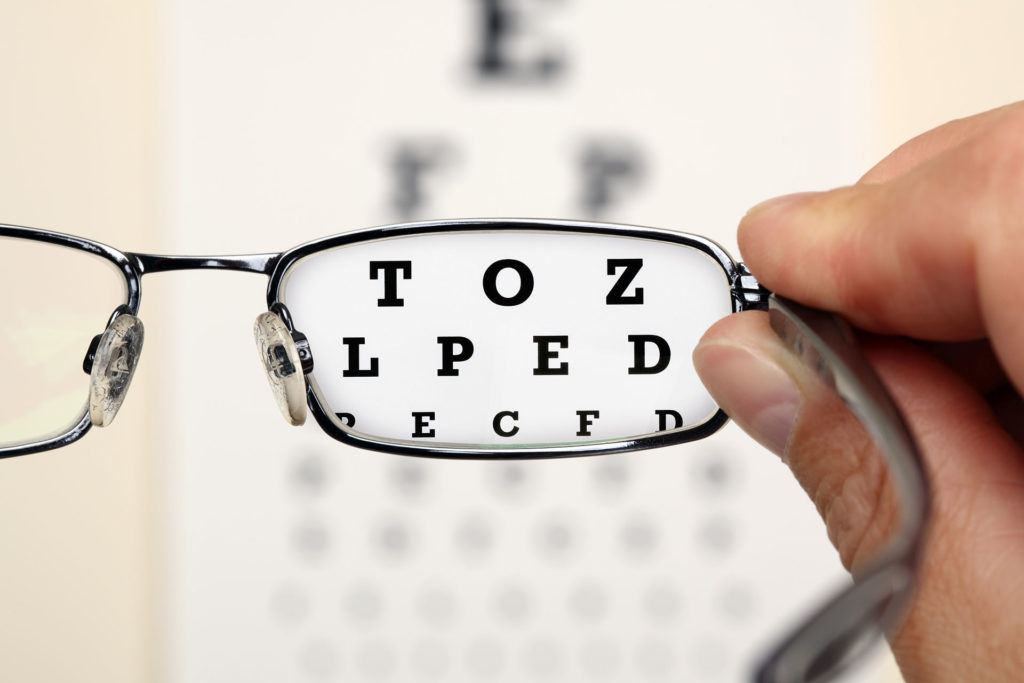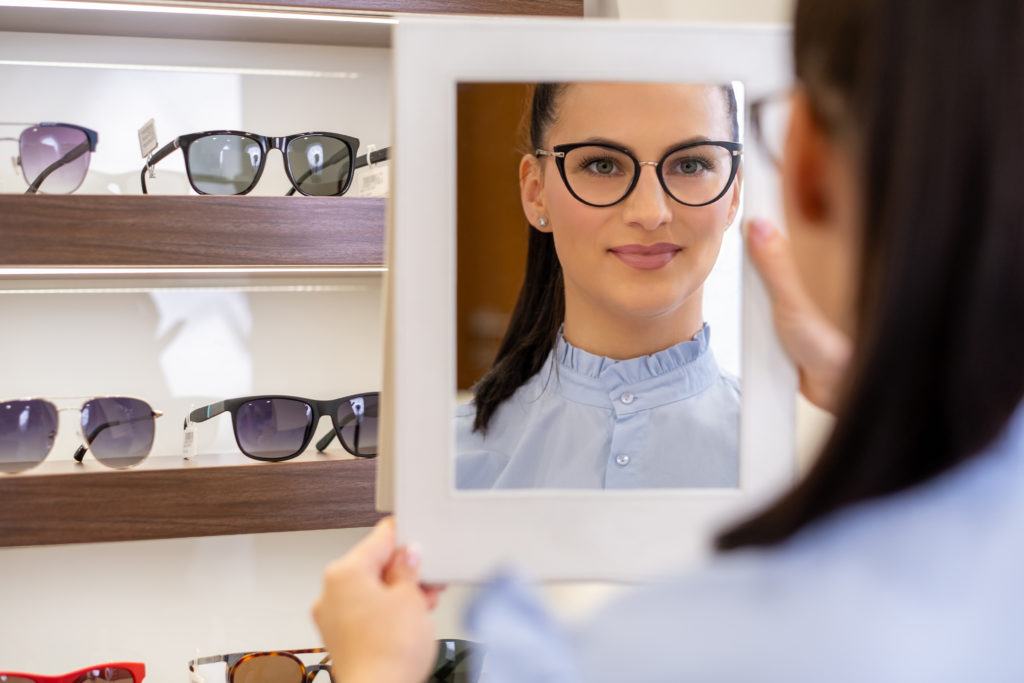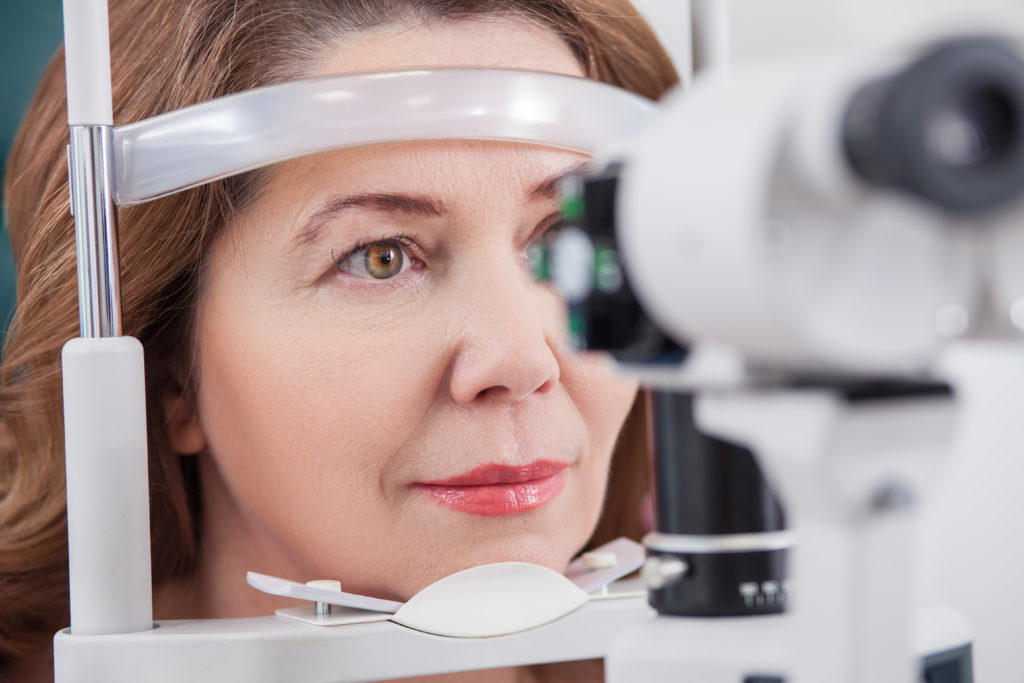Top Tips For Driving Safely This Winter

By Mark Shelton, Optometrist and Clinical Development Coach at Bayfields Opticians and Audiologists
As the weather changes, the days get shorter and the evenings become darker, there is data to suggest drivers are at increased risk of collisions.
Research shows there are key periods of time in the year when car accidents are more likely to happen, with four out of five of those dates falling in winter months. Crashes are more frequent on weekdays, peaking on Fridays, with most happening between the hours of 4pm and 8pm in the months of October and March. The clock change alone can lead to more collisions, with police data showing incidents following this event are more likely to be blamed on darker conditions and adverse weather.
Here, Mark Shelton, Optometrist and Clinical Development Coach at Bayfields Opticians and Audiologists, explains why looking after your eye health and vision could help you drive more safely this winter.
“As well as dangerous conditions such as excessive rain, hail and snow causing wheels to lose traction on a road’s surface, another major challenge at this time of year is – ironically – the sun. Sun dazzle and glare is a problem during all seasons, but can be particularly dangerous in winter because the sun sits so low in the sky at typically ‘peak’ times – when people are driving to work, and dropping off and picking up children from school.
“Additionally, the sun reflects off snow, ice and water on the road, intensifying the light, and making conditions even more difficult to drive in. According to the AA, sun glare is responsible for nearly 3,000 accidents a year, with the majority taking place on A-roads.
“However, there are steps you can take to better protect yourself and others while on the road in the winter – starting with a look into the health of your eyes. For example, dry eyes and cataracts can both exacerbate the impact of sun glare and winter driving conditions.
“The cold weather can dry out eyes quite naturally, but it can also be caused by the air blowing into a driver’s face from a heating vent. This causes tear evaporation which worsens dry eye and creates additional glare from the sun and oncoming headlights. In a similar way, cataracts – which cause ‘halos’ around headlights – can be equally dangerous. Eye drops can help relieve the symptoms of dry eyes, and cataracts can often be resolved with simple surgery but if you’ve not had an eye exam for a while, have one soon to ensure there are no risks to your safety when it comes to the health of your eyes.
“Alternatively, consider whether you need to clean or change your glasses lenses. Modern cars use bright LED headlights which can dazzle glasses wearers, so an anti-reflective coating is invaluable. Alternatively, there are specialist lenses which are specifically designed to cope with the challenges winter driving presents. ZEISS DriveSafe lenses offer improved natural vision by reacting to your pupils, and the ways in which they change during low light conditions. They reduce glare from headlights and brake lights – which we spend more time in during winter because of the bad weather – and incorporate up to 43 per cent more mid-distance vision, making it easier to switch focus between the dashboard and mirrors, and up to 14 per cent more far-distance vision for a wider view of the road.
“Other ways drivers can increase safety while on the road during winter days is to wear sunglasses with polarised lenses and lower the car visor – both of which reduce the amount of sunlight entering the eyes. Dirty windscreens also contribute to glare issues, as dirt and debris scatter sunlight into a driver’s eyes, so remember to clean the internal and external glass, and also consider reducing the brightness of the lights inside a car, such as your speedometer or car radio; dimming them will reduce the reflections into your eyes and limit the amount of readjustments your eyes need to make to different light levels.”
Adults should have eye tests at least every two years to keep on top of eye health, and more frequently if using glasses while driving.
For more information about eye conditions and winter lenses, visit: https://www.bayfieldsopticians.com/.









